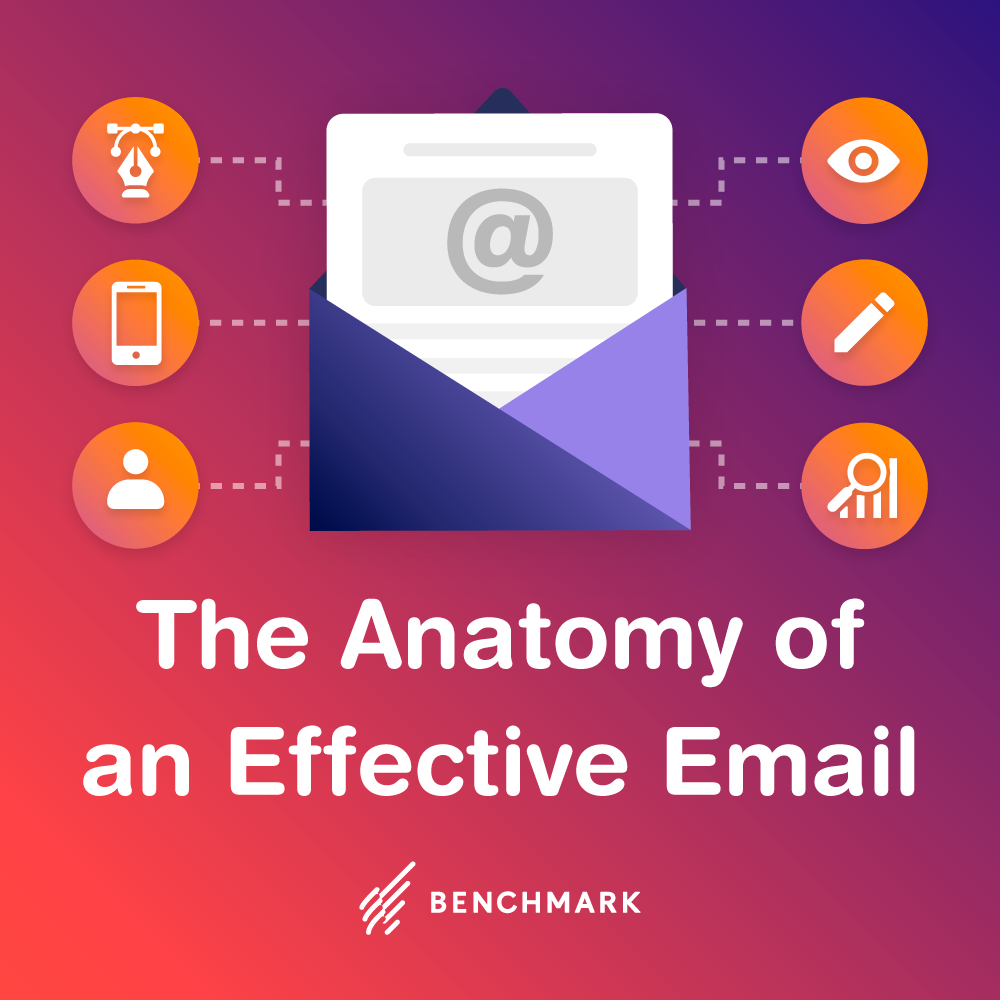21st century marketing involves a lot of content. Great content is what gets your business noticed and talked about. But unfortunately, not all business owners are writers. There’s the option of hiring a writer, but a lot of small businesses don’t have the budget for a decent writer. Conversely, most business owners don’t have the time or patience to plow through the content development process themselves. If they do, it’s almost statistical that after a few efforts they give up simply because it’s something they struggle with.
The alternative, and a popular one at that, is to curate content off of other channels. Some of the top apps to do this (in addition to the ones I discussed last week) include Storify, Pinterest and Tumblr.
Creating Stories Using Social Media
Developed in mind as an alternative mode of journalism, Storify lets you turn curated content into stories. Transform tweets, photos and blog content from various networks into creative content plugs.
Storify has a really easy-to-use platform that lets you sync social media together. Once logged in, start by choosing a topic. Storify browses various outlets to offer you the best of what’s out there on your topic. Use the field results to weave together a story that’s practically been served to you on a digital platter.
Best for: Businesses looking to create stories or offer news-worthy content. If you’re not in the business of original content creation, you can still use Storify to share relevant info/photos of industry-related happenings.
Capture Audience Imagination with Pinterest
Pinterest is a feast for your eyes, and first captured mine on Facebook where hoards of users were using it to share favorite images. It’s a virtual mood or interest board where you can share your favorite finds.
It’s super easy to use, allowing you to collect and “pin” favorite finds as you browse the net. You can have individually labeled boards based on your various interests. The platform works primarily because a picture is a quick way to communicate an idea. It appeals to the imagination and it takes seconds to consume, as opposed to text content.
Best for: Visual/design oriented businesses like graphic designers, artists, interior designers, fashion designers, e-commerce, etc.
It’s best if you use it to showcase your own work but also include all your various interests and finds from other sources. Just like with blogging, no one wants to see just one narrow view, but rather an eclectic and inspired assortment of content that still stays true to a narrative or tone.
Pair Blogging and Visuals with Tumblr
Part blog, part mood board, Tumblr is a hot competitor to Pinterest. While Pinterest only really lets you plug visuals, Tumblr allows you to have an inspiration board but also plug in a humble blog via text along with quotes, links, chats, and audio/video content. As a bonus over Pinterest, Tumblr users can also use their own domain; since Pinterest isn’t a blogging platform, it doesn’t allow for the same personalization.
Best for: Small businesses that target young adult consumers.
The Good and the Bad of Curated Content
Note that the downside of curating content is that you risk losing an authentic voice. Having a unique voice is essential to your branding and in making you stand out from the crowd. If you’re struggling to start, begin with curating content; after that, make an effort to mix curated content with your own original content.
The benefit of pairing both original and curated content is that you show your audience you’re more than just about your own voice. You show you’re capable of original ideas but that you’re also in the know and willing to share great ideas from others.




